Introduction
Broccoli, with its vibrant green florets and nutrient-packed profile, is a beloved vegetable enjoyed by people around the world. In this comprehensive article, we will explore the intriguing history of broccoli, delve into the intricacies of its growth process, and uncover the remarkable nutritional content that has made it a dietary superstar. Order fresh vegetables online, including nutrient-packed broccoli, for a healthy and convenient shopping experience.
Part 1: The History of Broccoli
Broccoli, a beloved vegetable with a rich history, originated from wild cabbage in the Mediterranean region over two thousand years ago. The ancient Romans cherished it for its flavor and potential health benefits. Today, it stands as a symbol of both culinary delight and nutritional excellence.
1.1 Ancient Origins
Broccoli, known scientifically as Brassica oleracea, has a history dating back over two thousand years. It originated in the Mediterranean region, with its predecessors being wild cabbage. The ancient Romans valued broccoli for its taste and believed it had various health benefits.
1.2 Introduction to the Americas
Broccoli found its way to the United States in the early 20th century, brought by Italian immigrants who continued to cultivate it. However, it didn’t gain widespread popularity until the mid-20th century when its exceptional nutritional value became more widely recognized.
1.3 Broccoli Today
Today, broccoli is a staple in many cuisines and diets worldwide. It is celebrated for its versatility in culinary applications and its health-promoting properties. Beyond its appealing taste and texture, broccoli has become a symbol of a balanced and health-conscious diet.
Part 2: The Growth of Broccoli
Broccoli thrives in cool-season conditions, ideally in regions with mild winters and cool, damp summers. It starts from seedlings that are transplanted after about 4-6 weeks. Well-draining, fertile soil with a pH level between 6.0 and 7.0 is essential. Adequate spacing, regular watering, and integrated pest management are crucial for healthy growth. Harvesting typically occurs 60-85 days after planting, with proper care to maximize yields. Enjoy hassle-free online vegetable shopping in Chennai and have fresh produce delivered to your doorstep.
2.1 Planting and Growing Conditions
Broccoli is a cool-season crop and thrives in regions with mild winters and cool, damp summers. It is typically grown in the spring and fall, as it prefers temperatures between 60-75°F (15-24°C).
2.2 Seedlings and Transplanting
Broccoli is often started from seeds indoors. Seedlings are transplanted to the garden once they have several leaves and are about 4-6 weeks old. It’s important to harden off seedlings before transplanting to acclimate them to outdoor conditions.
2.3 Soil Preparation
Broccoli prefers well-draining soil rich in organic matter. It should have a pH level between 6.0 and 7.0. Proper soil preparation, including adding compost or organic matter, is crucial to support healthy growth.
2.4 Plant Spacing
When transplanting, space broccoli plants about 18-24 inches apart in rows with 24-36 inches between rows. Adequate spacing allows for good air circulation and prevents overcrowding.
2.5 Watering and Fertilization
Broccoli requires consistent moisture throughout its growth. Water deeply and regularly, and use a balanced fertilizer to ensure optimal nutrition. Adequate calcium levels are particularly important for preventing disorders like tip burn.
2.6 Pest and Disease Management
Common pests that can affect broccoli include aphids, cabbage worms, and slugs. Implement integrated pest management (IPM) practices and consider using row covers to protect plants from pests. Rotate crops to reduce disease pressure.
2.7 Harvesting
Broccoli is typically ready for harvest 60-85 days after planting. Harvest when the head is firm and compact, with tight florets. Cutting the central head encourages the development of smaller side shoots, prolonging the harvest period.
2.8 Maximizing Yields
To maximize yields, consider growing varieties that are well-suited to your climate and use season-extension techniques, such as row covers and cold frames, to extend the growing season. Proper spacing and optimal care can also contribute to increased yields.
Part 3: The Nutritional Content of Broccoli
Broccoli is celebrated for its exceptional nutritional content. It’s a nutrient powerhouse, rich in vitamins C, K, A, and folate. Loaded with antioxidants like sulforaphane, it may reduce oxidative stress and inflammation. Dietary fiber promotes digestive health, while vitamin K supports bone health. Its low calorie count makes it ideal for a nutrient-dense diet.
3.1 Nutrient Profile
Broccoli is often referred to as a “superfood” because of its impressive nutritional content. It is rich in essential vitamins and minerals, including vitamin C, vitamin K, vitamin A, folate, potassium, and calcium. Additionally, it provides dietary fiber and is a low-calorie food, making it an excellent choice for those seeking a nutrient-dense diet.
3.2 Antioxidants
One of the key features of broccoli’s nutritional profile is its high antioxidant content. It contains compounds like sulforaphane and quercetin, which have been linked to various health benefits, including reduced oxidative stress, lower inflammation, and potential cancer-fighting properties.
3.3 Sulforaphane and Cancer Prevention
Sulforaphane, a sulfur-containing compound found in broccoli, is of particular interest in the realm of cancer prevention. Research suggests that it may help to inhibit the growth of cancer cells and activate protective enzymes that detoxify carcinogens.
3.4 Fiber and Digestive Health
Broccoli is a good source of dietary fiber, which supports digestive health. It aids in regular bowel movements, prevents constipation, and supports a healthy gut microbiome. The fiber in broccoli may also help with weight management by promoting feelings of fullness.
3.5 Bone Health and Vitamin K
Vitamin K, abundant in broccoli, plays a vital role in bone health. It is essential for proper calcium absorption and mineralization, helping maintain strong and healthy bones.
3.6 Cardiovascular Health
The combination of fiber, antioxidants, and potassium in broccoli contributes to cardiovascular health. These elements may help lower blood pressure, reduce the risk of heart disease, and support overall heart health.
3.7 Cooking and Nutrient Preservation
To preserve the nutritional content of , it’s best to steam or lightly sauté it. Overcooking can lead to the loss of some vitamins and antioxidants. Consuming with healthy fats, such as olive oil, may enhance the absorption of fat-soluble vitamins.
Conclusion
Incorporating this green gem into your meals not only adds a burst of flavor but also provides a host of vitamins, minerals, and antioxidants. Purchase your favorite vegetables online in Chennai for convenient and fresh shopping.






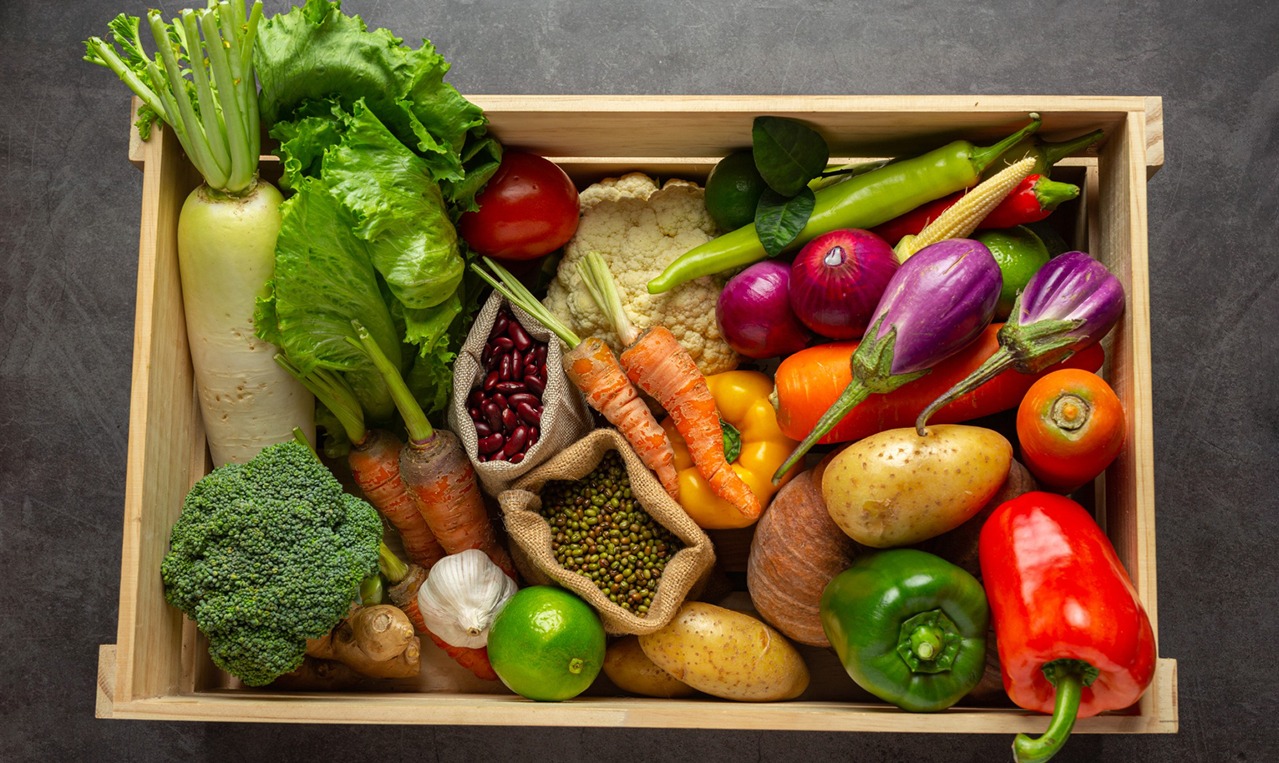
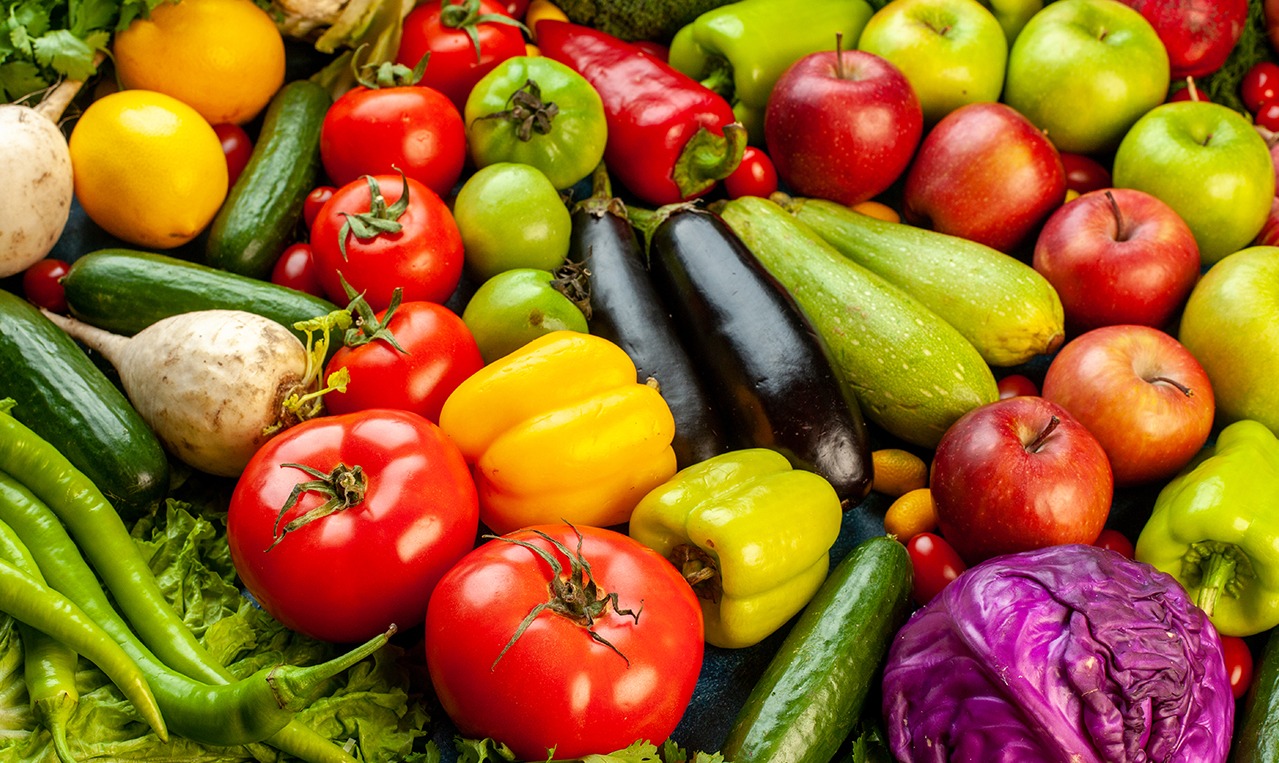
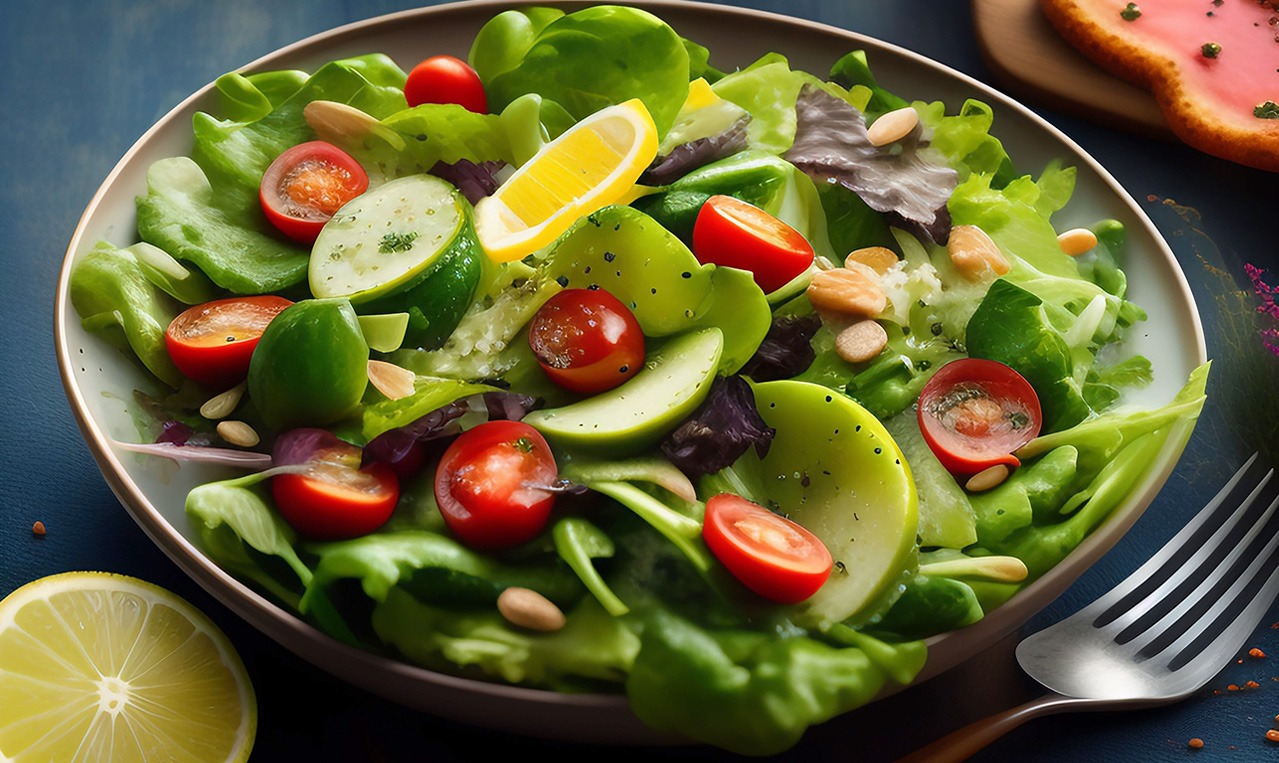
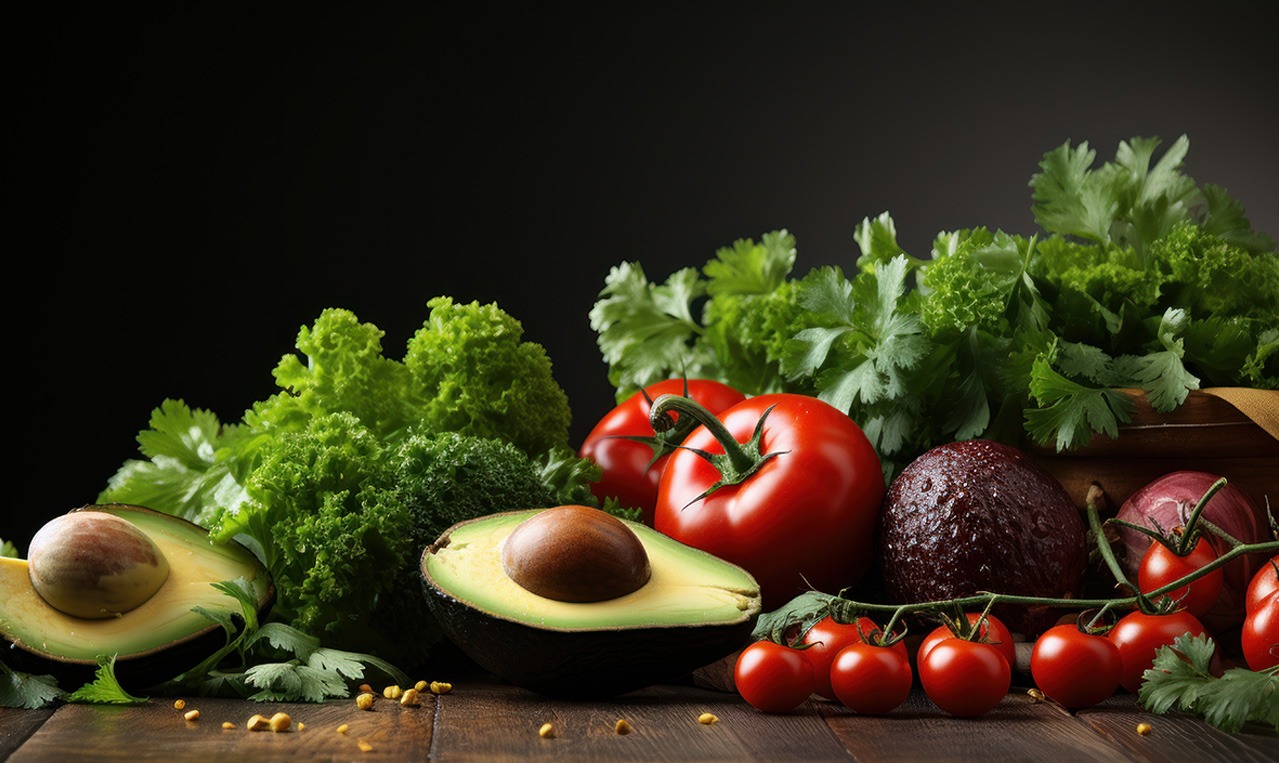
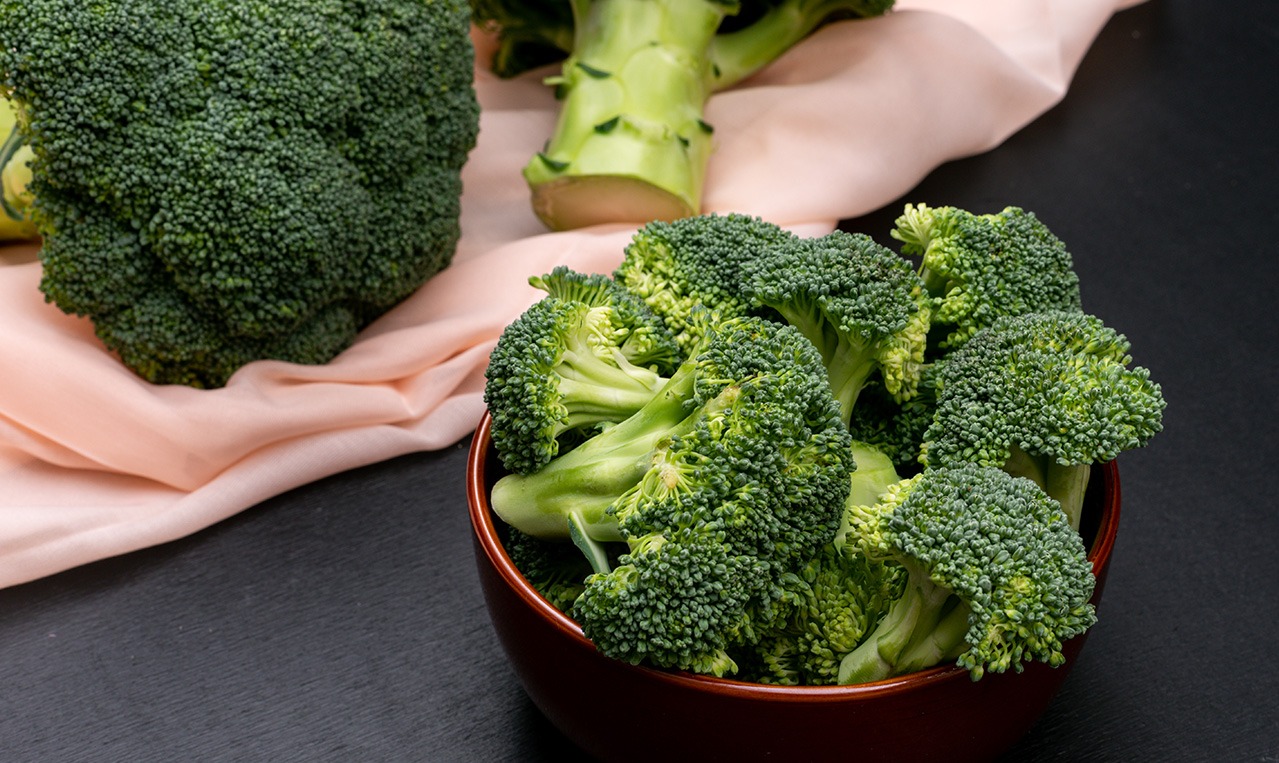
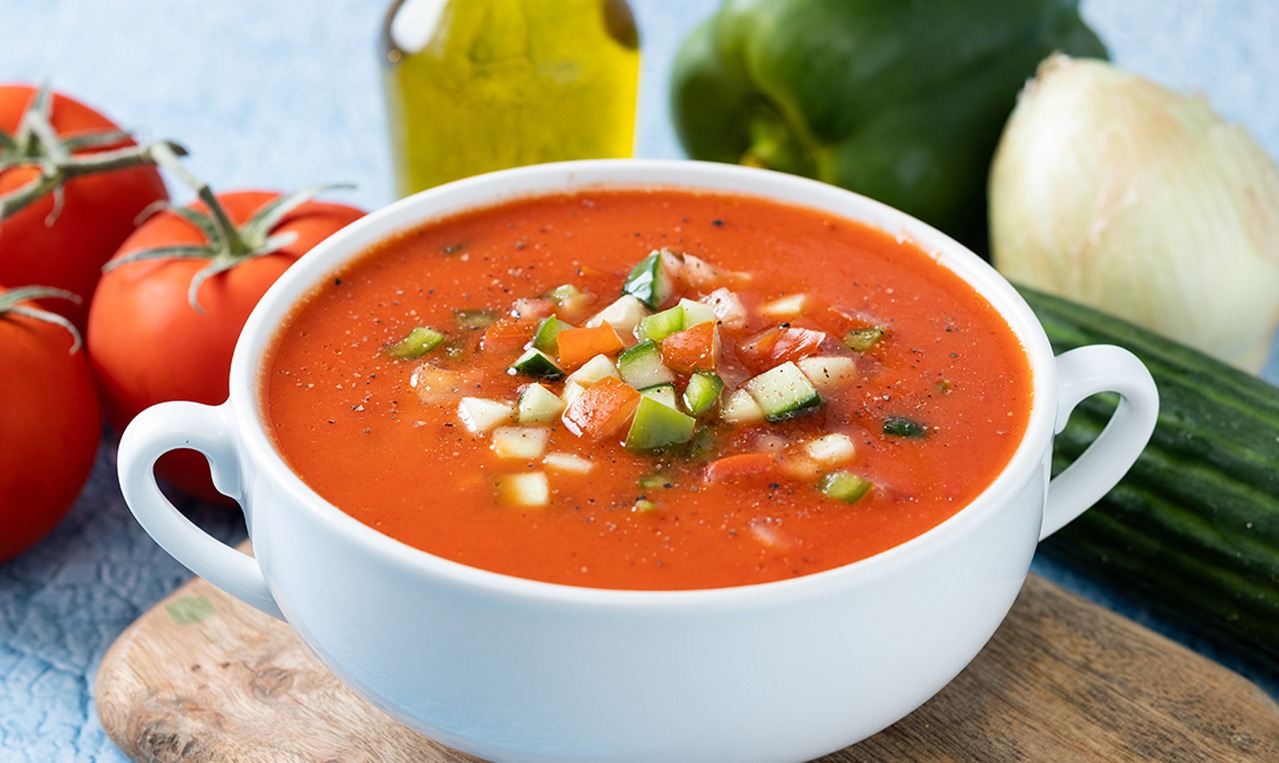

2 thoughts on “Broccoli Unveiled: A Deep Dive into History, Growth, and Nutritional Excellence”